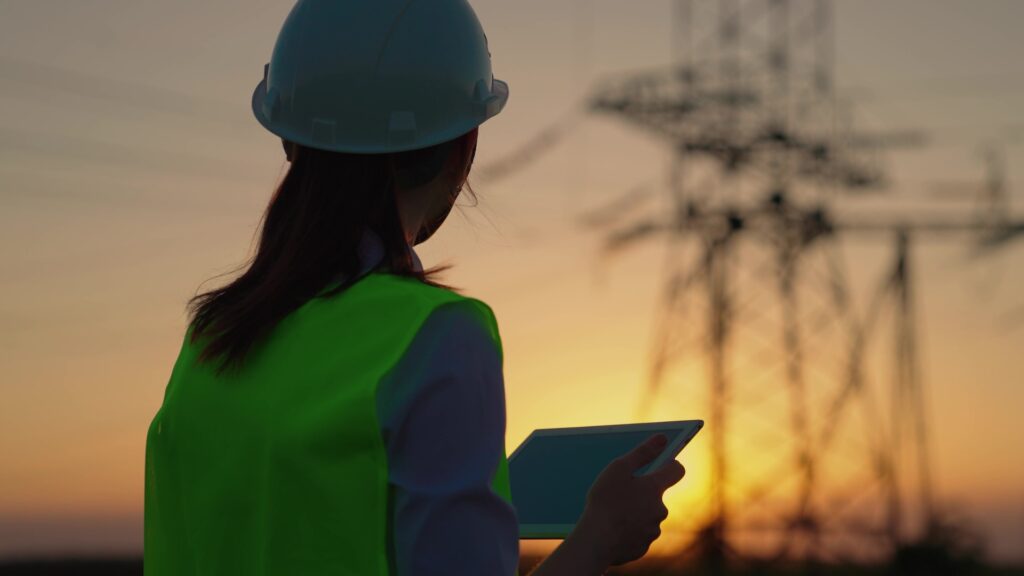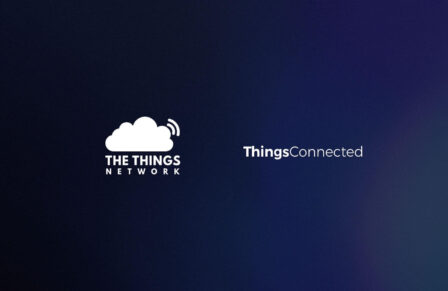Building and construction management is one of the UK’s oldest industries, and one where the embrace of digital technologies is much needed to achieve long-term success. The internet of things (IoT) stands out as a transformative technology for the sector offering solutions to inefficiencies and cost reduction. IoT is already addressing some long standing challenges in the sector by reshaping operations and workflows, innovations showcased at Digital Catapult’s Connected Ecosystems event, which brought together a community of industry pioneers to highlight the tangible impacts IoT is making in building and construction management.
By drawing clear, actionable insights from data, IoT is not only revolutionising processes but also enhancing decision-making capabilities, leading to greater efficiency and sustainability. Digital Catapult is committed to identifying market failures and new opportunities to solve pressing industrial challenges to achieve sustainable growth. IoT innovations will transform the building and construction management sector; some of these technologies and solutions are explored below.

























































